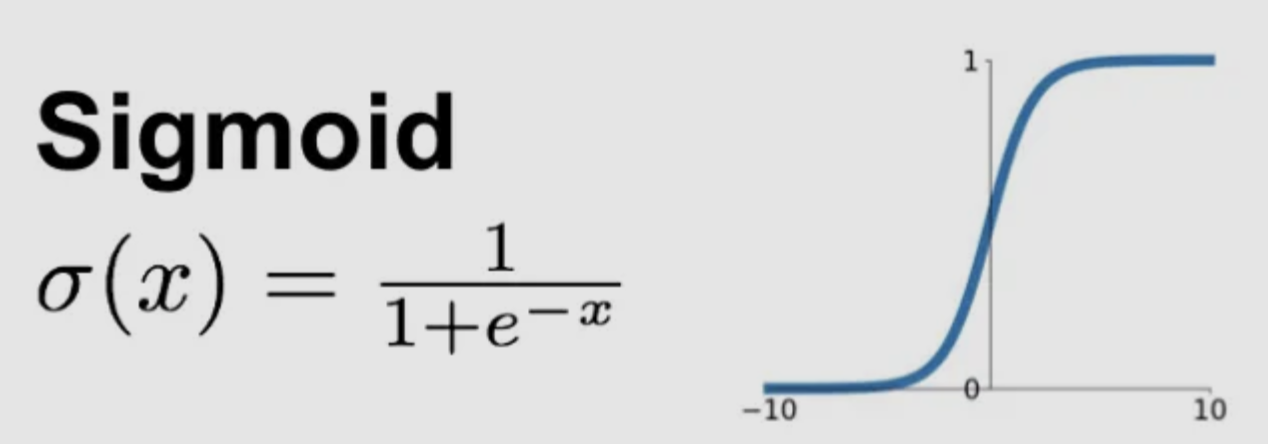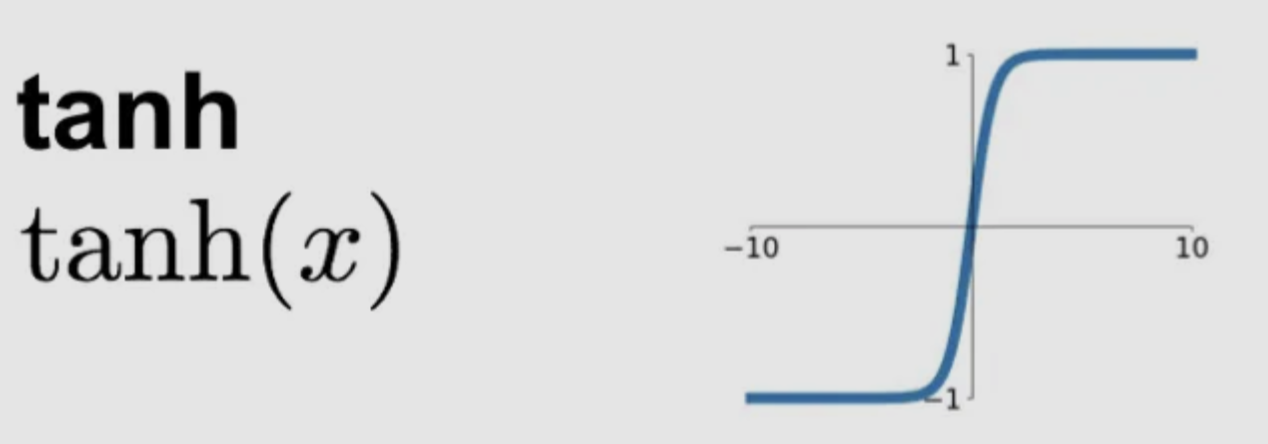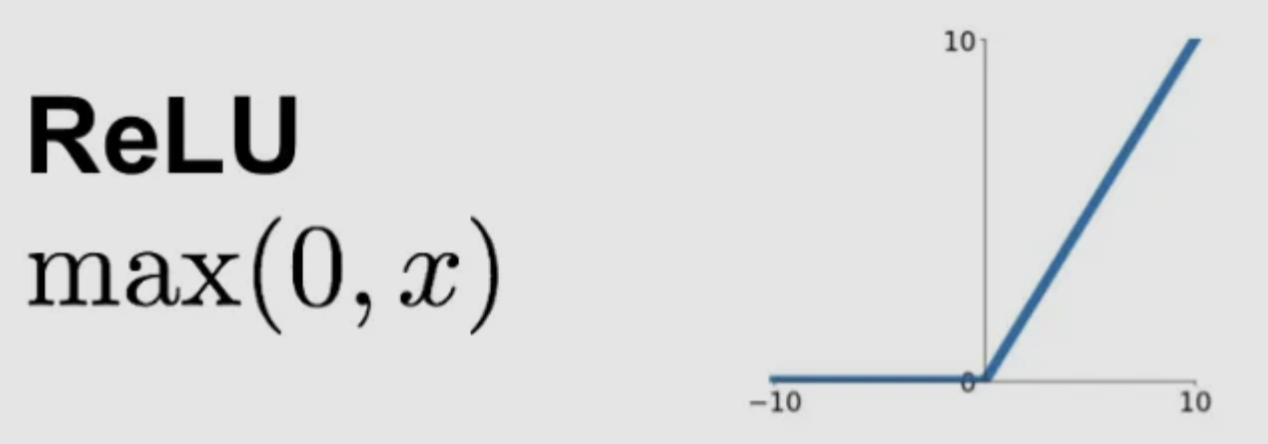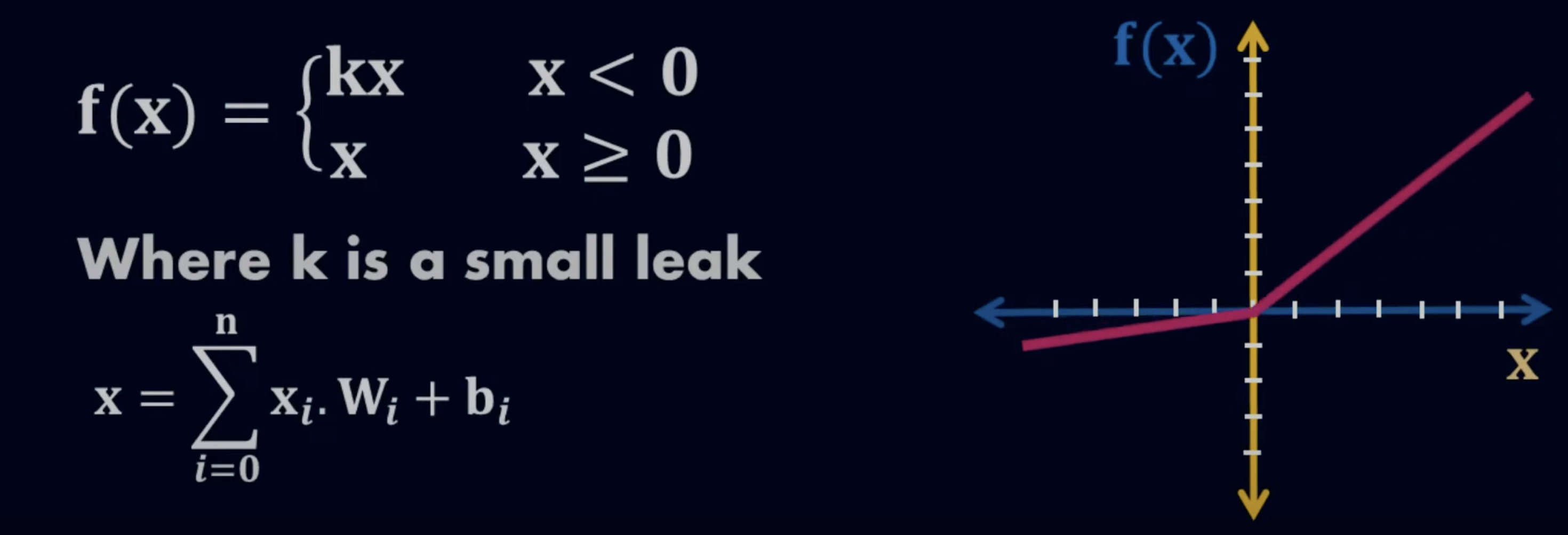Back to posts

Activation Functions
Niket Girdhar / May 22, 2025
Activation Functions are mathematical functions used in Neural Networks (NNs) to introduce non-linearity to the model.
They determine whether a neuron should ve activated or not by transforming input signal into an output signal often between a certain range based on the activation function chosen.
Importance of Activation Functions
- Non-Linearity: Enabling the network to learn more complex patterns and relationships
- Information Flow: Controls the strength and direction of the signal passed on to next layer
- Efficient Training: Helps in convergence during backpropogation by defining useful gradients.
Common Activation Functions
Sigmoid
- Output Range: (0,1)
- Non-linear and differentiable
- Smooth but causes vanishing gradient
- Pros:
- Interpretable as probability
- Used for binary classification
- Cons:
- Vanishing gradient problem for very small or very large inputs
- Not zero-centered
- Some use cases:
- Logistic Regression
- MLP

- Basic python implementation:
import numpy as np
import matplotlib.pyplot as plt
def sigmoid(x):
return 1 / (1 + np.exp(-x))
x = np.linspace(-10, 10, 100)
y = sigmoid(x)
plt.plot(x, y)
plt.title("Sigmoid Activation")
plt.grid(True)
plt.show()Tanh
- Output Range: [-1,1]
- Pros:
- Zero-centered so helps in faster convergence than sigmoid
- Stronger gradient than sigmoid
- Cons:
- Also suffers from vanishing gradient for extreme values
- Some use cases:
- RNNs
- Older Deep Nets

- Basic python implementation:
def tanh(x):
return np.tanh(x)
y = tanh(x)
plt.plot(x, y)
plt.title("Tanh Activation")
plt.grid(True)
plt.show()ReLU (Rectified Linera Unit)
- Output Range: (0,INF]
- Non-linear, piecewise linear
- Simple to compute
- Pros:
- Efficient and fast
- Sparse activation → only some neurons fire (helps generalization)
- Doesn’t saturate for positive values
- Cons:
- Dying ReLU problem: neurons can get stuck during training (output 0 for all inputs)
- Some use cases:
- CNNs
- Modern Deep Nets

- Basic python implementation:
def relu(x):
return np.maximum(0, x)
y = relu(x)
plt.plot(x, y)
plt.title("ReLU Activation")
plt.grid(True)
plt.show()Leaky ReLU
- Output Range: (-INF , INF)
- Fixes ReLU's dying neurons issue
- Allows small negative slope
- Pros:
- Fixes ReLU’s dying neuron issue
- Better learning for inputs around zero
- Cons:
- Still not zero-centered
- α is a hyperparameter
- Some use cases:
- Deeper networks where ReLU struggles
- Hidden layers in GANs and CNNs

- Basic python implementation:
def leaky_relu(x, alpha=0.01):
return np.where(x > 0, x, alpha * x)
y = leaky_relu(x)
plt.plot(x, y)
plt.title("Leaky ReLU Activation")
plt.grid(True)
plt.show()Softmax
- Output Range: (0,1), sums up to 1
- Converts logits to probabilities
- Pros:
- Great for multi-class classification
- Probabilistic interpretation
- Cons:
- Not ideal for hidden layers
- Sensitive to large input values (can cause numerical instability)
- Some use cases:
- Output layer in multi-class classification
- Common in final layers of classification CNNs and RNNs

- Basic python implementation:
def softmax(x):
e_x = np.exp(x - np.max(x)) # for numerical stability
return e_x / e_x.sum()
vec = np.array([2.0, 1.0, 0.1])
print("Softmax output:", softmax(vec))Swish
- Output Range: (-0.28, INF)
- Smooth, non-monotonic
- Combines advantages of linear and sigmoid
- Pros:
- Performs better than ReLU in deeper networks
- Avoids dying neuron problem
- Has a self-gating property
- Cons:
- More computationally intensive than ReLU
- Less interpretable
- Some use cases:
- Deep learning tasks with very deep networks (e.g. NLP, image recognition)
- Used in models like EfficientNet

- Basic python implementation:
def sigmoid(x):
return 1 / (1 + np.exp(-x))
def swish(x):
return x * sigmoid(x)
y = swish(x)
plt.plot(x, y)
plt.title("Swish Activation")
plt.grid(True)
plt.show()Where Are They Used?
- Hidden layers: Typically use ReLU, Tanh, or Leaky ReLU.
- Output layer:
- Sigmoid for binary classification.
- Softmax for multi-class classification.
- No activation (linear) for regression tasks.